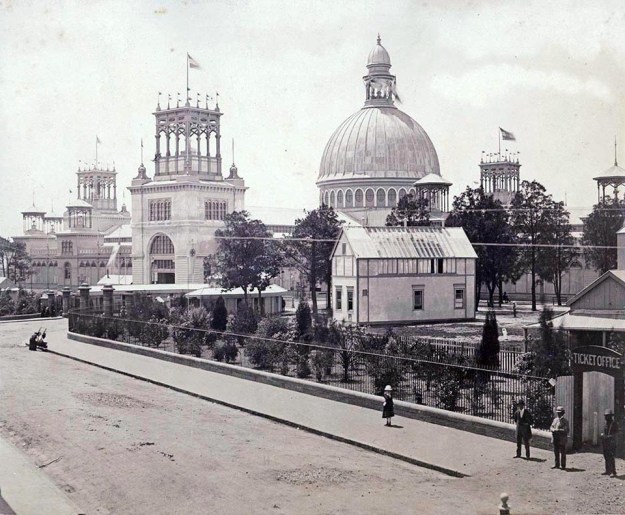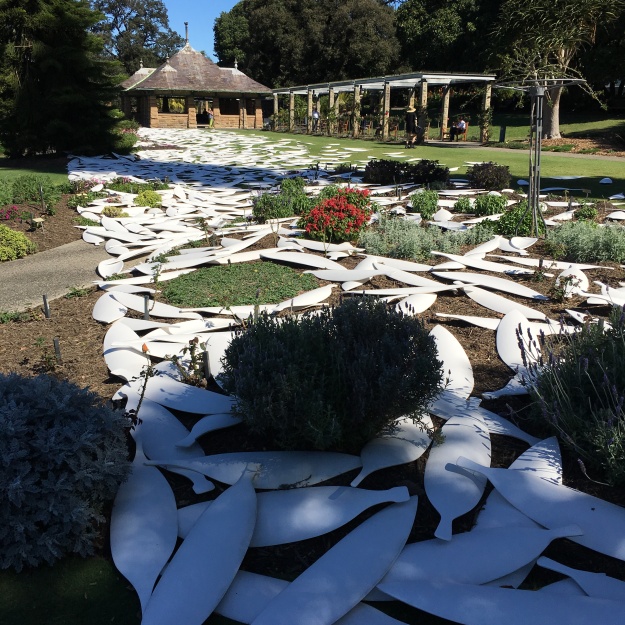The strong unwritten and oral history of Aboriginal Australians is passed down by Elders within the community. So much of this knowledge is key to survival. Knowledge about the landscape, navigation, ancestral totems, food and medicine, trade routes, culture, law and history. Information is shared through stories, traditional dance and song. Kelly speaks about the way that non-written memory systems are coded into the natural and built environment. She believes that this system was not only used in Australia but may have been used by other ancient cultures around the world.
The understanding of the way that Songlines work has changed my thinking about the damage caused by the removal of Indigenous Australians from their connection to country. This must have had a devastating impact – causing much pain through the loss of culture and access to key information for survival. Australians can empathise with other displaced peoples around the world and yet the issue on our our doorstep is even more complex. I’m not saying that colonial Australians did this on purpose but the end result is still the same and incredibly significant for our Indigenous people. I had these new thoughts on board when I attended the Royal Botanic Gardens in Sydney to see Jonathan Jones’s exhibition “barrangal dyara (skin and bones)” which was Kaldor Public Arts Project no.32.
The Garden Palace, Sydney
Jonathan has reinterpreted one of Sydney’s great cultural losses which was the destruction of the vast Garden Palace in Sydney, which burned to the ground in 1882.

Bleached gypsum shields forming the border of what was The Garden Palace
The Palace contained many Indigenous artefacts which were culturally significant and represented a link to country, part of the collective memory handed on from Elder to community and which can never be replaced.The loss was also greatly felt by the Colonials who lost many archival records, art works and museum objects (remembering that at this time there were no public museums or art galleries in Sydney, only in Melbourne). In a strange way there was some commonality of loss and understanding for all Australians arising from such a catastrophic event.
What I liked most about Jones’s interpretation was the way that the installation took the physical components such as the kangaroo grass meadow and thousands of bleached gypsum shields to mark the perimeter of the original Garden Palace. In addition, the soundscapes of 8 indigenous languages floated through the air, creating an atmosphere which took the observer into a different world. There were also daily conversations from historians, theorists, curators, artists, writers amongst the public program activities allowing the audience to reimagine the building and the history and cultural loss – both from an Indigenous and Colonial perspective. It was actually a great conversation starter.
I think that the arts have a lot to offer as far as highlighting social injustice and human rights issues – bridging the gap between Indigenous and non-Indigenous Australians through increasing our awareness of the richness of Indigenous culture and the significance of “connection to country” and the sophisticated coding of unwritten knowledge into the natural environment. We have so much to learn and have an opportunity that our forbears underestimated the value of.





